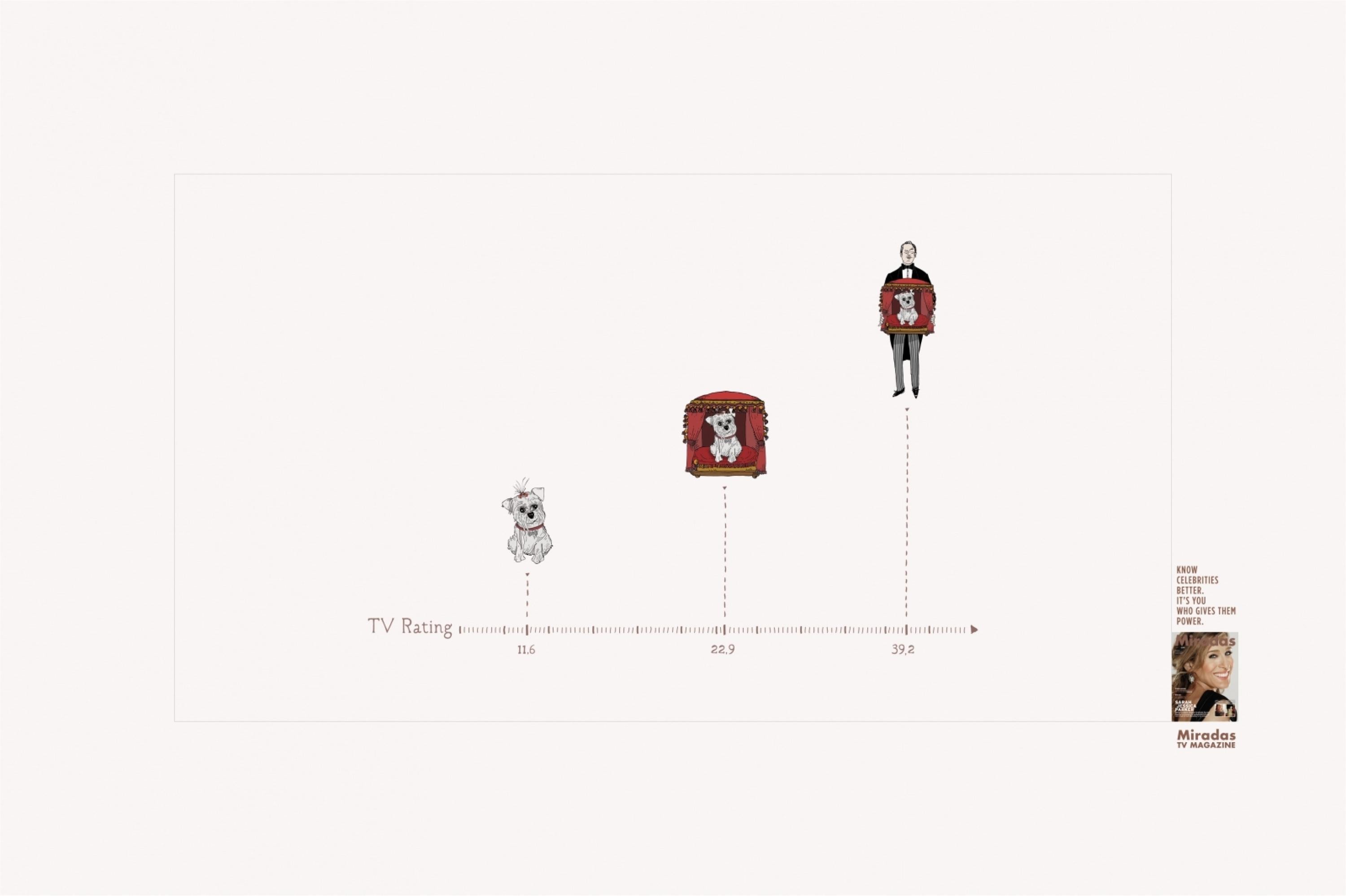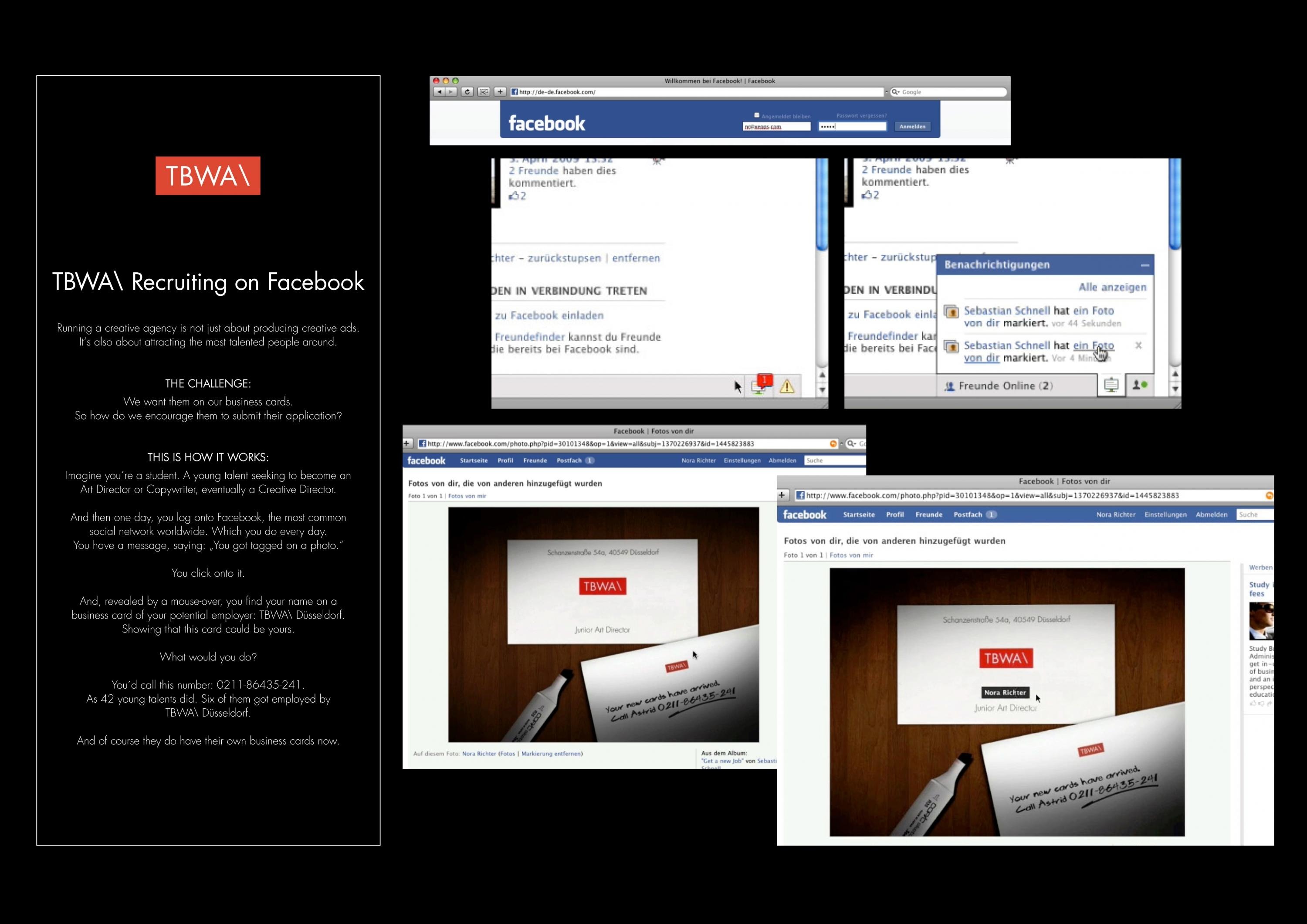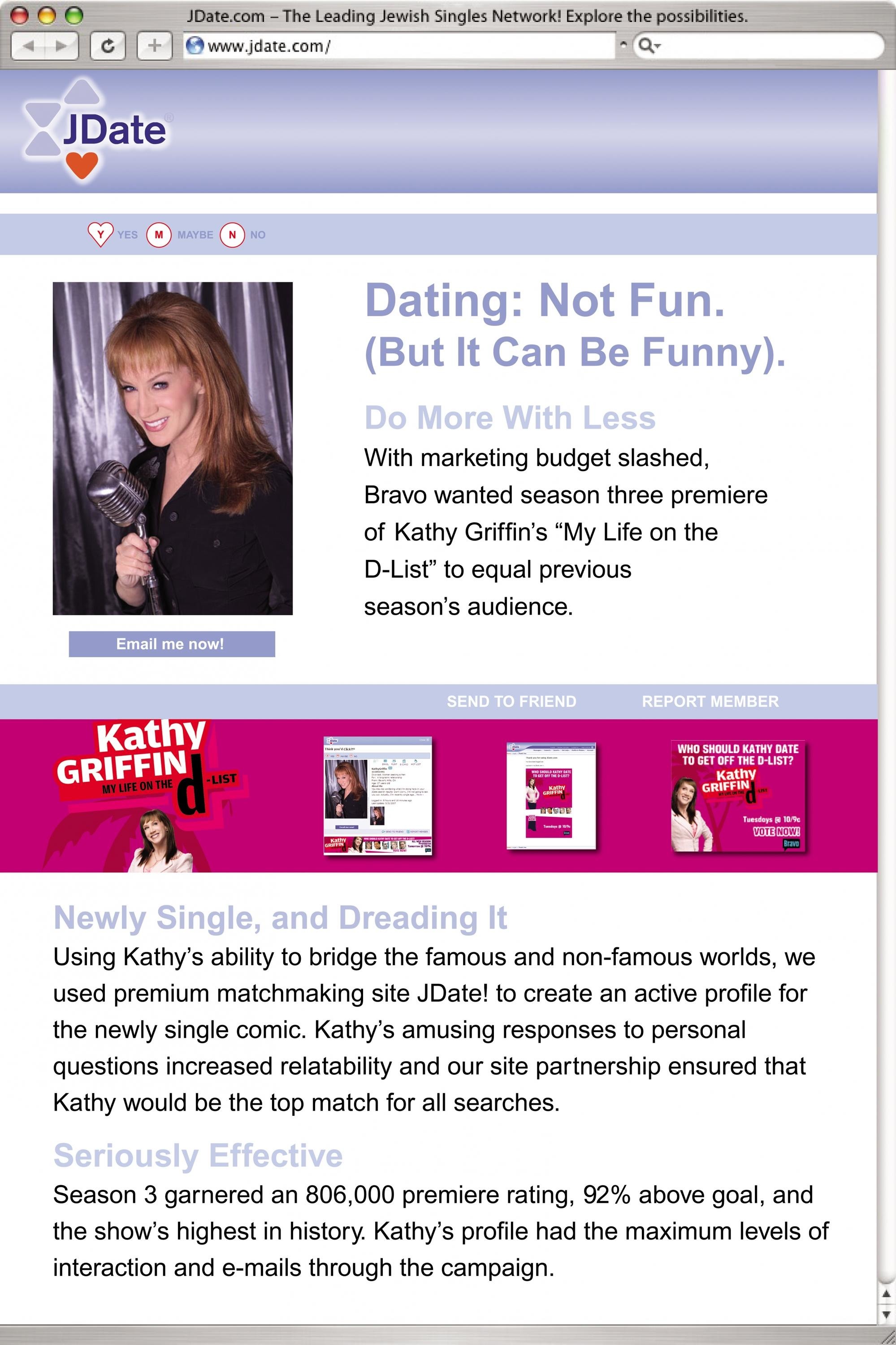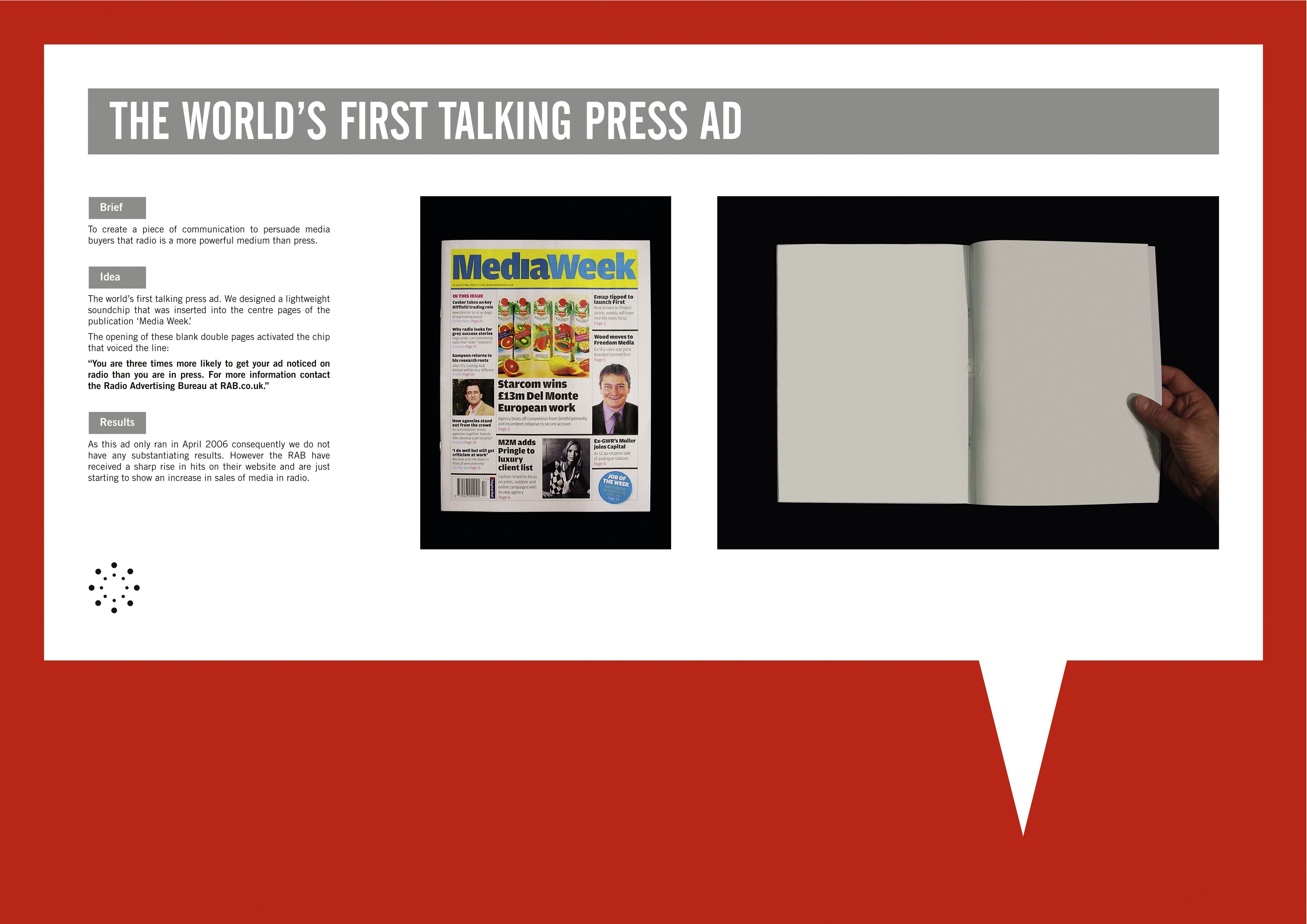Cannes Lions
The Optimum Story of Data Innovation
CABLEVISION, New York / CABLEVISION SYSTEMS / 2016
Overview
Entries
Credits
Overview
Description
Optimum set out to create a data-driven decision engine. The goals were to determine the impact of media mix and message type by audience segment that had the greatest impact on sales at the lowest cost per sale. It was recognized that the use of last touch attribution, which assigns 100% credit to the final touch point, to measure success was misleading and would lead to poor investment decisions. In addition, the business wanted to use the data to predict future sales by segment and geography by day, based on media mix, message and spend scenarios. A quantitative data model was developed that looked at impact of media channel and messaging type by target audience. Using three years of historical data and over one thousand data points, an ensemble model, which uses hundreds of different models, was created to answer key business questions including: “What is the optimal media budget by audience segment to drive sales of new and existing customers?”, “How do different tactics and channels interact with each other?” and “How effective are specific campaigns and message types?” A planning tool was also built to use for investment decisions, strategic media testing and predictive forecasting.
Execution
The data gathering included the collection of weekly comprehensive driver data in six categories. The categories were designated as controllable or uncontrollable. The four controllable factors were media, message, sales channel and offer and the two uncontrollable factors were competitive and structural, which includes macroeconomic and other environmental factors. Once the data was gathered, an extensive 6-8 week validation process was followed that compared all the raw data with the budgeted data. Once the data was validated, the drivers were then run through an ensemble model process, which includes running hundreds of different models, to determine the attribution across all drivers, segments, channels and markets. The output of the model showed which media tactics and messaging types were most effective and efficient by audience segment and geography. It also showed the interaction of media channels including overlap, halos and synergies. This output was then used to develop and execute strategic controlled tests in multiple addressable and programmatic media channels including social media, digital display, search, TV, online video, radio and direct mail. Audiences were built using first party data and matched through a data management platform (DMP), through social media custom audience platforms and direct to consumer.
Outcome
The model showed Optimum exactly where to invest media dollars by increasing and decreasing spending on specific media channels and tactics, such as digital and social media, television and direct mail, for different audience segments. It also showed that the Brand messaging was a powerful driver of sales and had a longer shelf life than previous price, offer and product feature messaging. The result was a reduction in cost per sale by 18% year over year and an increase in sales by 3% - equating to a customer lifetime value of $45 million dollars. The customer and prospect perceptions of the Optimum Brand have also shown a dramatic improvement, specifically in the areas of technology leadership, mobility, service and value. The improvement in Brand perception was measured through primary research and has been tied directly to the exposure of these audiences to Optimum Brand advertising.
Similar Campaigns
12 items







